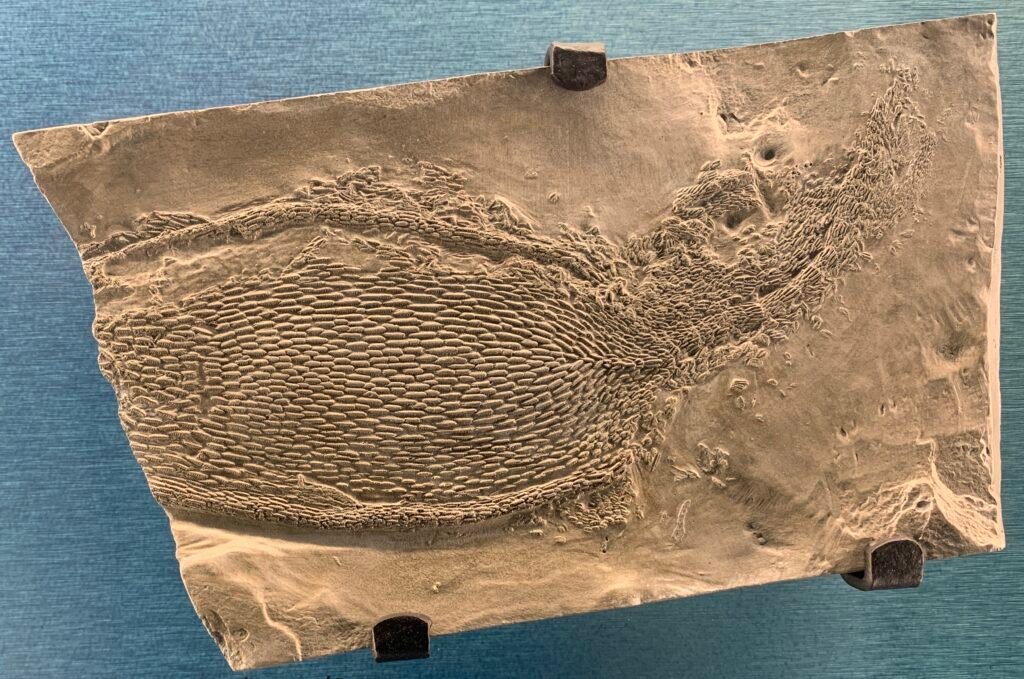It’s almost impossible to imagine a world before jaws. Picture all the fierce sharks, mighty tigers, and even the gentle cows—none of them would be the same without this remarkable evolutionary tool. Yet, for hundreds of millions of years, life in the oceans got by without a jaw in sight. Then, something extraordinary happened. Fossilized fish teeth, dug from ancient rocks, are now telling scientists a story so wild and unexpected, it’s changing everything we thought we knew about the origins of jaws. These tiny, gleaming fossils are like time machines, letting us peer into a world where the rules of eating, hunting, and even surviving were rewritten forever.
The Mysterious Origins of Jaws

Long before jaws snapped shut in the animal kingdom, early fish swam with mouths that were little more than simple openings. These jawless creatures, known as agnathans, fed by sucking up particles or scraping food from surfaces. It was a slow and inefficient way to eat, leaving them vulnerable to predators and competition. The sudden appearance of jaws in the fossil record marks a thunderbolt moment in evolutionary history. Scientists have long wondered: What sparked this leap? The answer, it turns out, may be hidden in the fossilized teeth left behind by ancient fish, offering precious clues about the first steps toward biting, chewing, and hunting.
Why Ancient Fish Matter More Than Dinosaurs

When most people think of fossils, dinosaurs tend to steal the spotlight. But the real evolutionary heroes might just be the armored fish that swam long before T. rex or Triceratops ever existed. These prehistoric swimmers, like placoderms and early bony fishes, were the first to develop jaws and teeth. Their fossils, especially their teeth, are some of the oldest evidence we have for how jawed animals came to rule the seas—and eventually, the land. Without these fish, there would be no sharks, no mammals, and no humans. Their jawbones are the blueprints for every bite that’s ever happened since.
The Strange World of Jawless Fish

Jawless fish still exist today—think of lampreys and hagfish, those slippery, eel-like creatures lurking in the world’s rivers and oceans. In the ancient past, though, jawless fish dominated the seas. Fossils from species like Haikouichthys and Ostracoderms reveal creatures with tough, bony shields and simple, tube-like mouths. They could only suck or filter tiny food particles, which limited their diet and their way of life. The arrival of jaws was nothing short of revolutionary—a true evolutionary game-changer that opened up whole new possibilities for eating and survival.
How Fossil Teeth Became Evolutionary Time Capsules
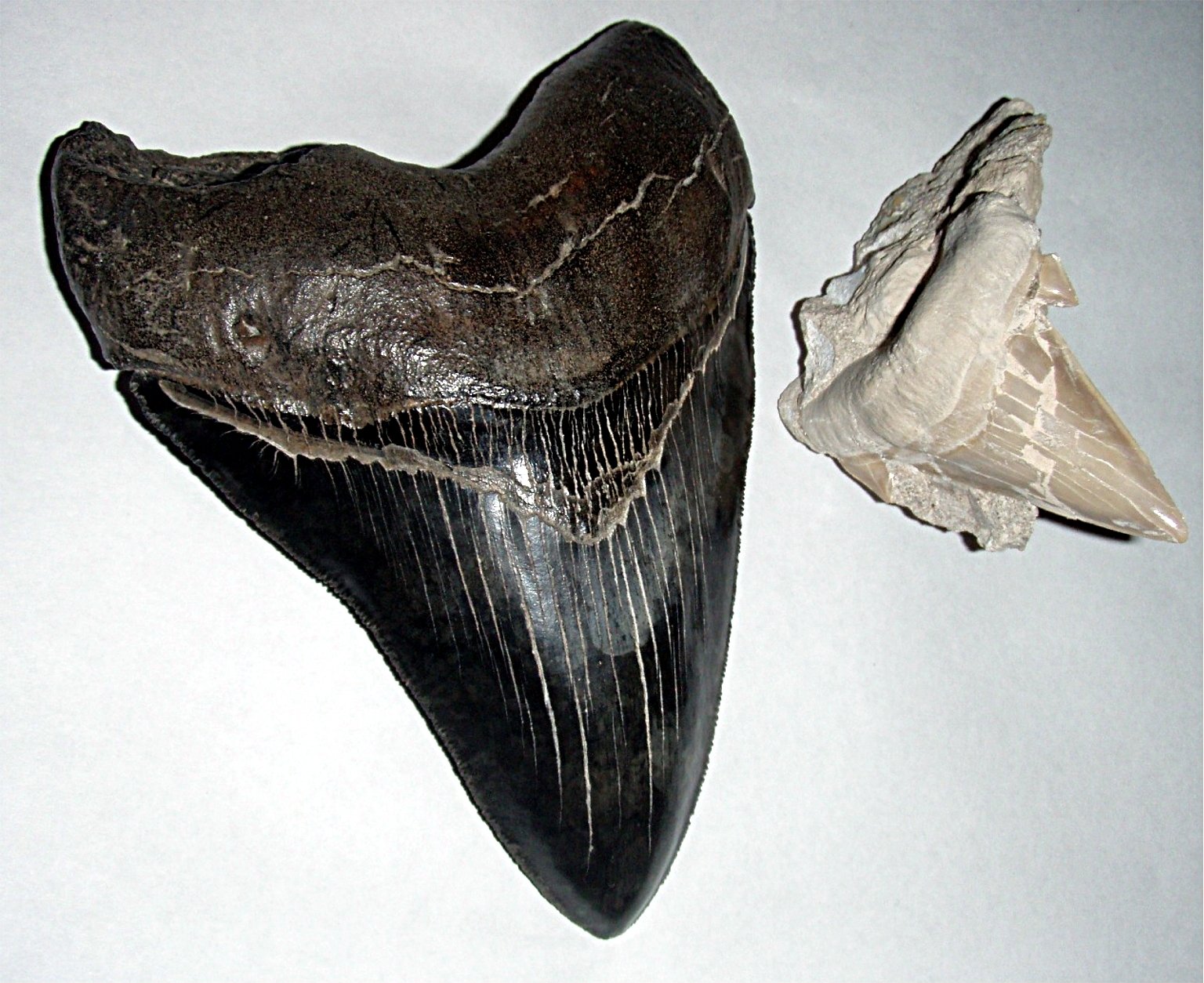
Teeth are some of the hardest substances in the body, and for paleontologists, they’re like treasure chests of information. Ancient fish teeth, sometimes smaller than a grain of rice, can survive for hundreds of millions of years. When scientists discovered fossilized fish teeth in ancient rocks, it was like finding a note from the past. These teeth revealed not only what these creatures ate, but how their jaws worked, how they grew, and even how they fought. Each tooth, with its unique shape and structure, tells a story about adaptation, competition, and the relentless drive to survive.
The First Bite: Placoderms and the Dawn of Jaws
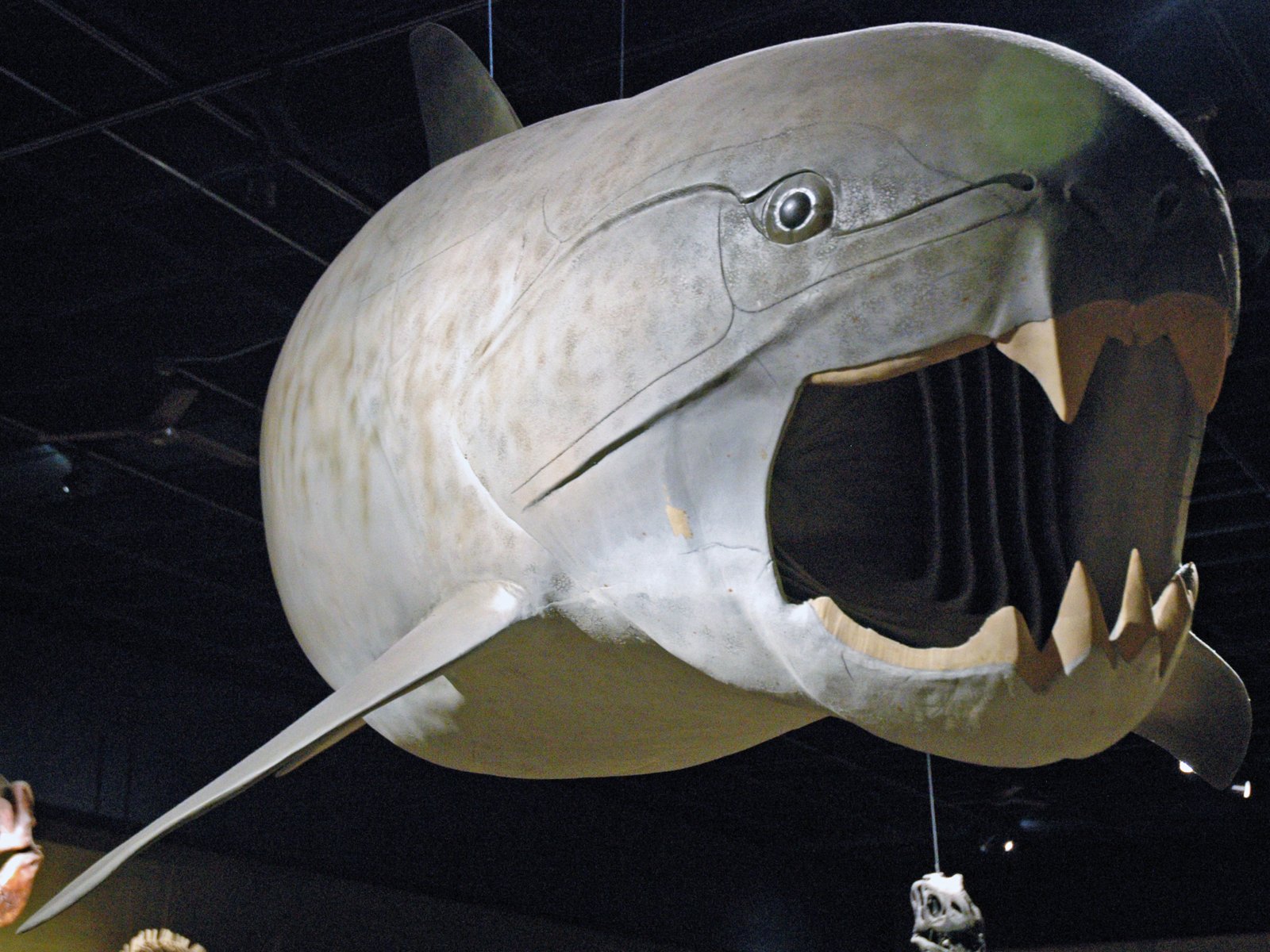
Placoderms were some of the earliest jawed fish, and their fossils are dazzling in detail. These armored giants, often covered in bony plates, roamed the Devonian seas over 400 million years ago. But it’s their jaws and teeth that have captured scientists’ imaginations. Placoderm jaws were made of tough bone, hinged and lined with sharp, blade-like teeth. For the first time in Earth’s history, animals could bite, rip, and chew their food—transforming the food chain forever. This ability gave placoderms a huge advantage, allowing them to hunt, defend themselves, and explore new diets.
The Blueprint for Modern Jaws
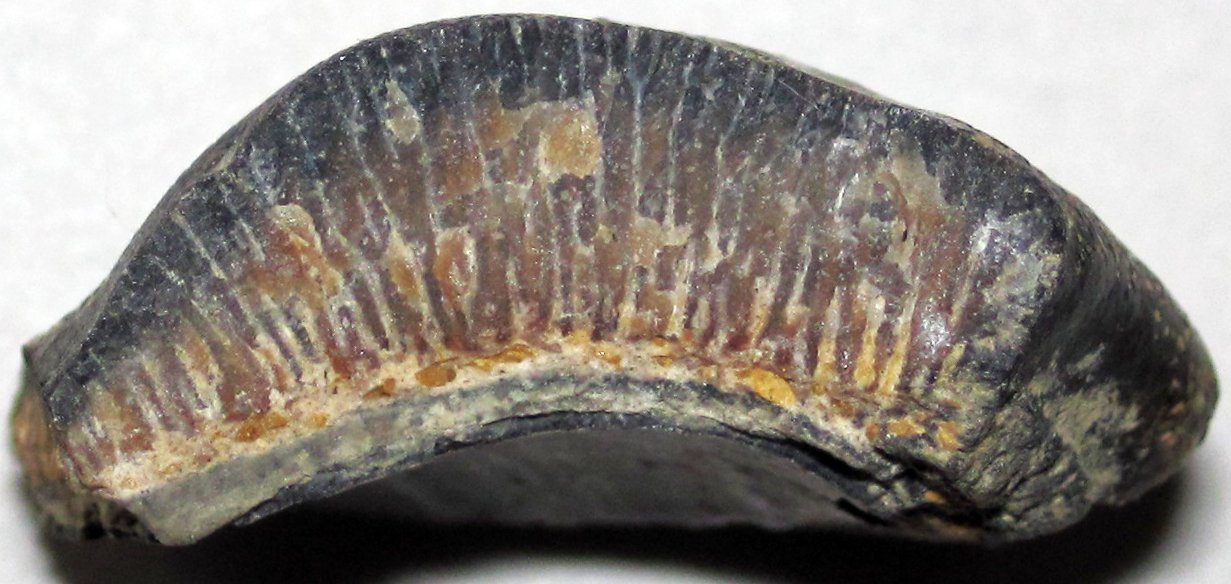
The jawbones of ancient fish are more than just fossils—they’re blueprints for every jaw that came after. When researchers study these ancient remains, they see the origins of many features we take for granted today: the way our jaws hinge, the arrangement of our teeth, even the muscles that let us chew. These blueprints are so successful that, with a few changes, evolution has reused them in everything from sharks to songbirds to humans. By tracing the lines from those first fish jaws to our own, scientists can map the incredible journey of life across millions of years.
From Teeth to Tools: How Jaws Changed Everything

Before jaws, survival was a slow-motion battle for scraps. The arrival of jaws turned ancient seas into arenas of innovation. Suddenly, animals could grasp, cut, and crush their prey. Jaws also allowed for new ways of defending territory and attracting mates. Some fish developed crushing teeth to break shells, while others grew serrated blades for slicing flesh. It was evolutionary chaos—and opportunity. The race was on, and creatures with jaws quickly outpaced those without. This burst of evolution set the stage for the dizzying diversity of life that would follow.
Unraveling the Fossil Record: A Detective Story

Piecing together the story of jaw evolution is like solving a prehistoric mystery. Fossil teeth, jaws, and skull fragments are scattered in rocks from Australia to China to Morocco. Each discovery is a clue, helping scientists fill in the gaps. Paleontologists use everything from high-powered microscopes to computer scans to peer inside these ancient bones. Sometimes, a single tooth can rewrite the textbook. For example, a recently discovered set of fish teeth with complex roots and enamel-like tissue revealed that jaws and teeth evolved together, not separately as once thought.
The Role of Genetics: Unlocking the Code
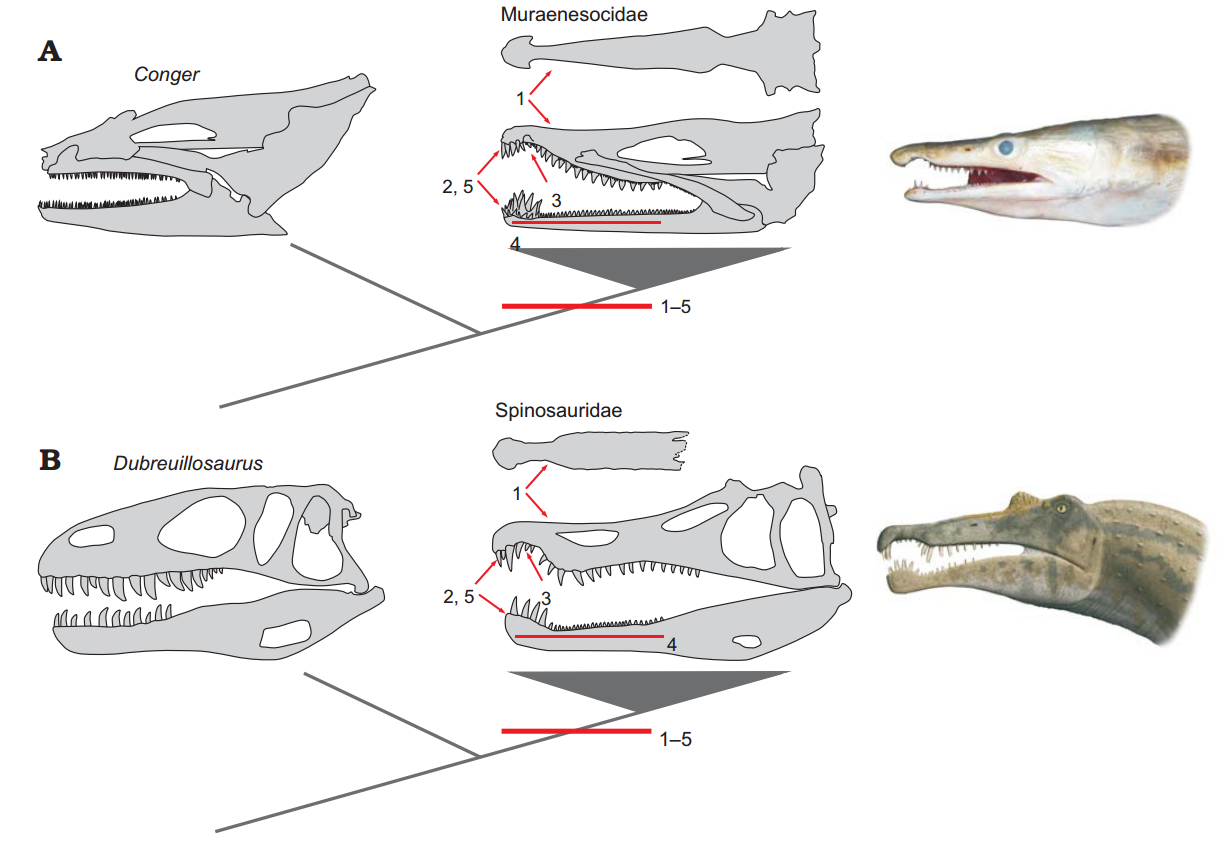
Fossils aren’t the only way to study jaw evolution. Today, scientists can peer into the DNA of living fish to find the genetic instructions that build jaws and teeth. By comparing the genes of jawless and jawed fish, researchers have pinpointed ancient genetic switches that flipped millions of years ago. These tiny changes in DNA set off a cascade of new structures and abilities. Strikingly, many of the same genes responsible for fish jaws still guide jaw development in humans—proof of our deep connection to these ancient pioneers.
Tooth Types: The First Specializations
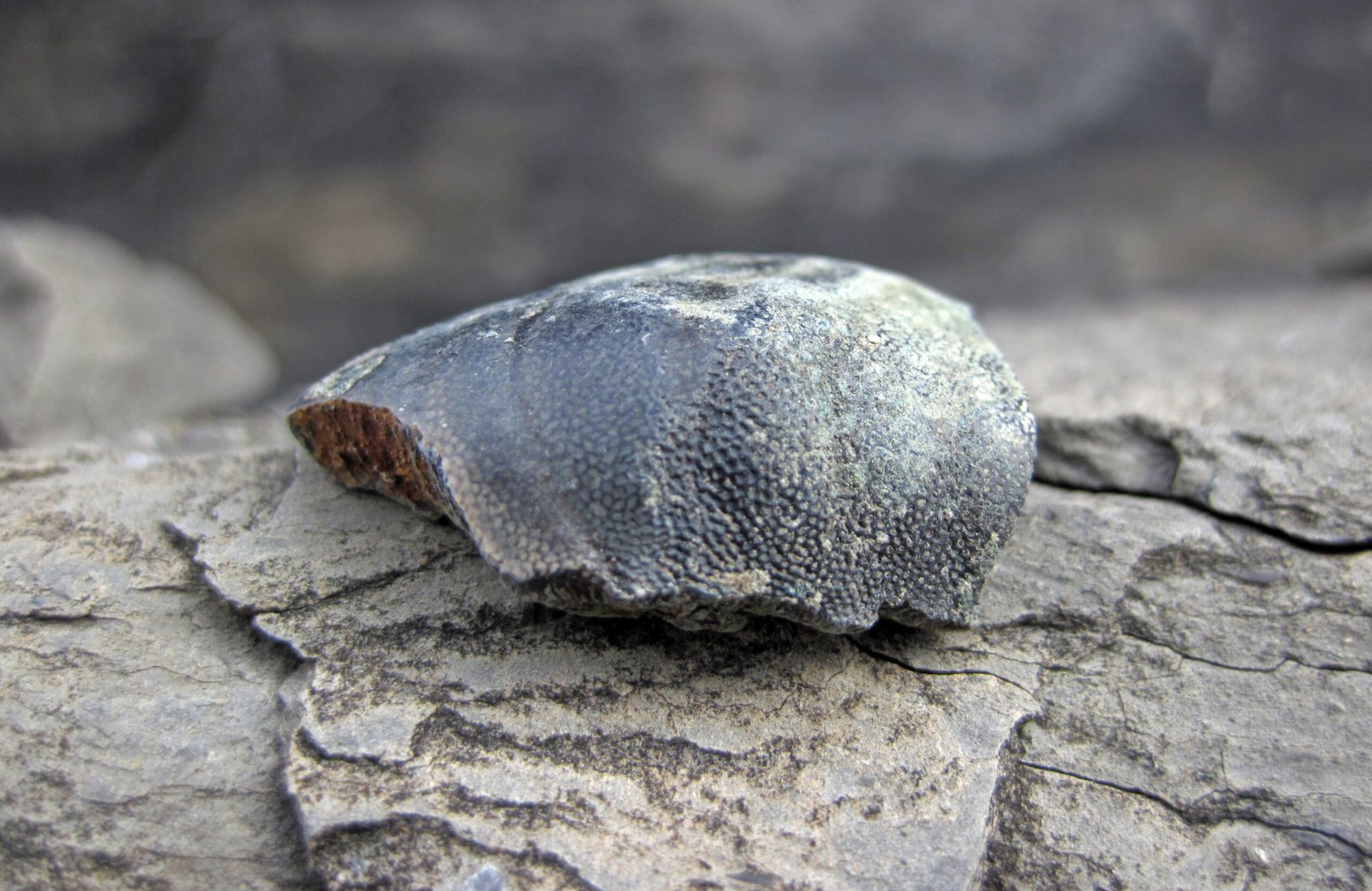
Not all ancient fish teeth were the same. Some were simple cones for grabbing slippery prey. Others were flat and broad, perfect for crushing shells or grinding plants. Over time, fish teeth became more specialized, matching each species’ diet and lifestyle. This diversity of tooth shapes was a major leap forward. It allowed jawed fish to invade new habitats, exploit new food sources, and outcompete their jawless cousins. In a way, teeth were the first tools invented by nature—a Swiss Army knife for survival.
Armor and Attack: The Arms Race Begins

With jaws and teeth came new ways to attack and defend. Some early jawed fish, like the fearsome Dunkleosteus, grew massive armored heads and blade-like jaws that could crush bone. Others developed thick, bony shields to protect against these new threats. This evolutionary arms race drove the development of tougher armor, sharper teeth, and faster reflexes. The ancient seas became a battlefield of innovation, where only the most adaptable survived.
Jaw Evolution Across the Tree of Life

Jaws didn’t just change fish—they transformed the entire animal kingdom. The basic design of the fish jaw was adapted and reshaped as vertebrates moved onto land. Amphibians, reptiles, birds, and mammals all inherited variations of the ancient fish jaw. Every time you eat an apple or chew a steak, you’re using a tool that began in the mouths of those long-extinct fish. This shared ancestry connects all jawed animals, from goldfish in a bowl to lions on the savannah.
Surprising Survivors: Modern Jawless Fish
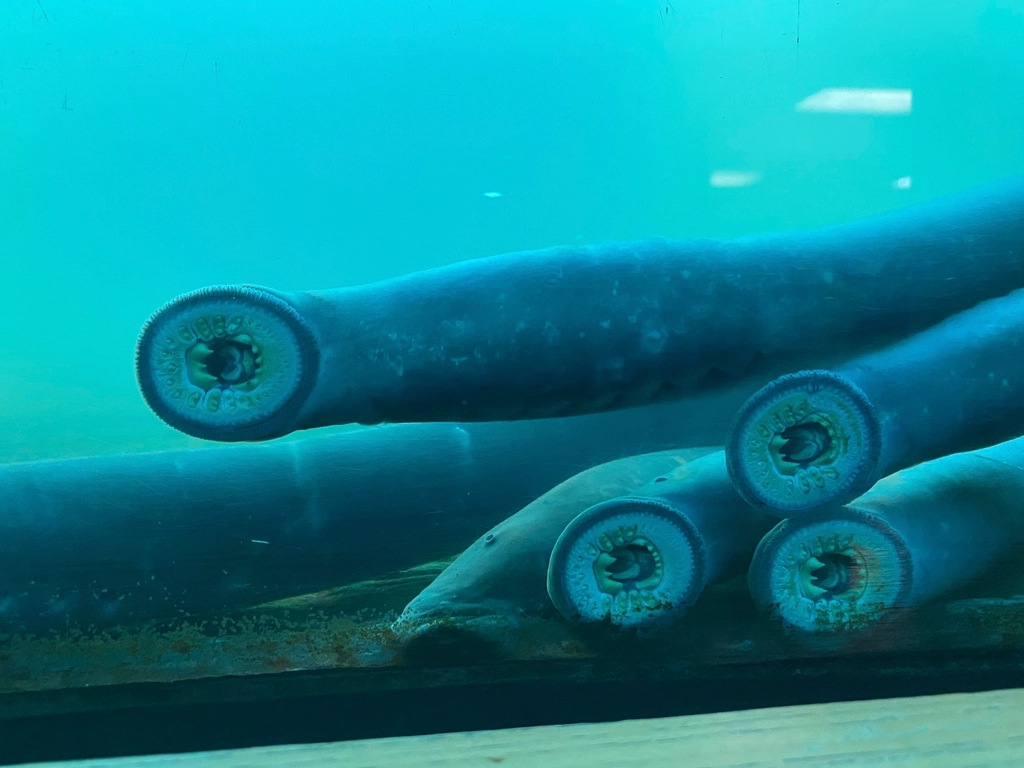
Despite the rise of jawed animals, some jawless fish survived and even thrived. Lampreys and hagfish are living reminders of that ancient world. They may look odd, with their toothy sucker mouths or slime-producing skins, but they’ve endured for over 500 million years. Studying these survivors gives scientists a living window into the past, showing what life was like before jaws took over. Their DNA and anatomy help fill in the gaps that fossils can’t address.
The Devonian Explosion: When Jaws Took Over

The Devonian Period, often called the “Age of Fishes,” was a time of astonishing innovation. Jaws and teeth exploded onto the scene, and fish diversity soared. The seas swarmed with new predators and prey, each with its own specialized jaws and teeth. Some fish grew gigantic, while others became nimble and sleek. This evolutionary explosion didn’t just change the oceans—it set the stage for vertebrate life to conquer land and sky.
How Jaws Paved the Way for Land Animals
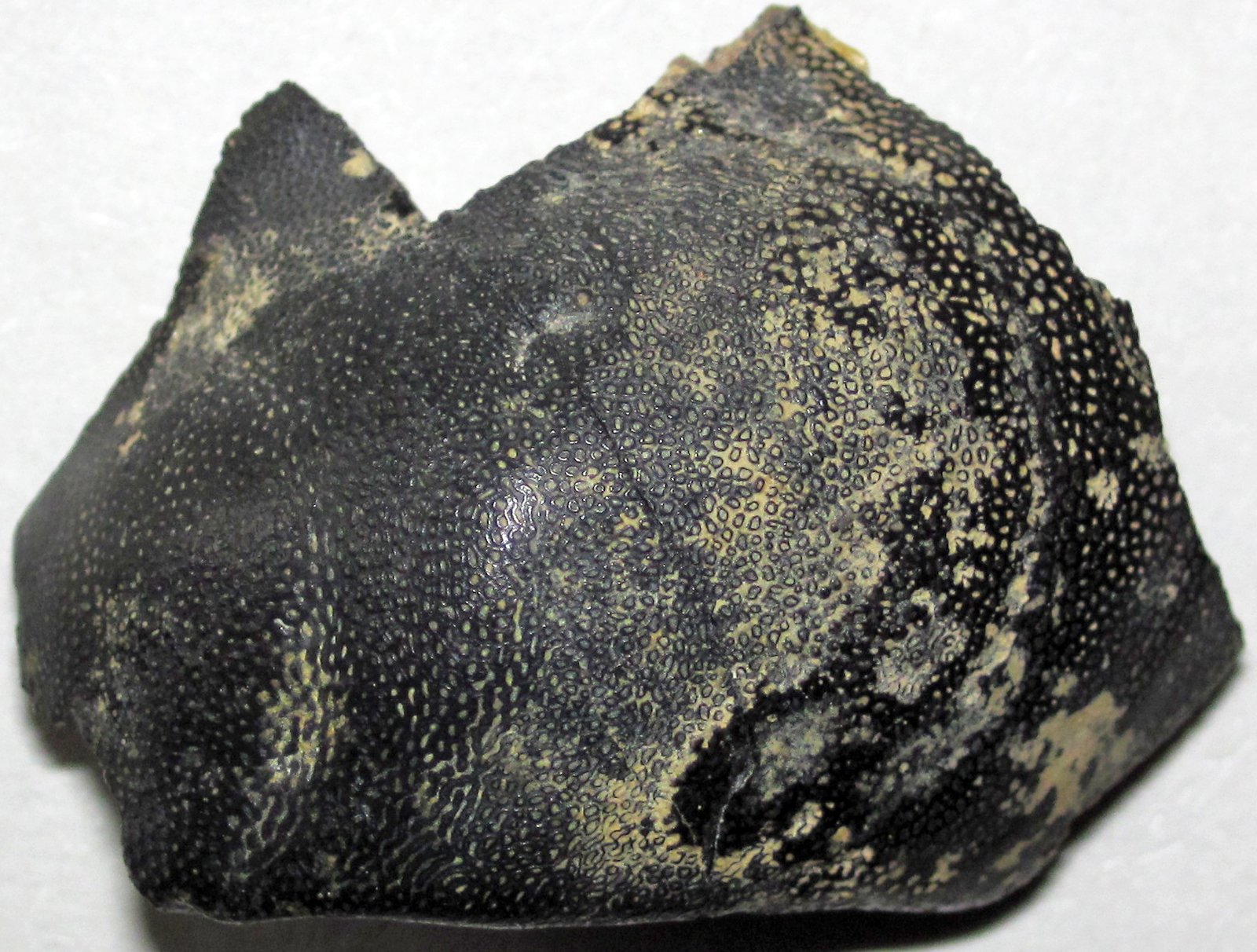
The leap from water to land was one of evolution’s greatest adventures. The sturdy jaws and teeth of ancient fish gave their descendants the tools needed to eat tough plants, hunt insects, and even chew bones. As some fish evolved into amphibians and reptiles, their jaws changed shape to suit new diets and environments. Without the innovations first seen in ancient fish teeth, life on land might never have happened at all.
Cutting-Edge Technology: Revealing Hidden Details
Today’s scientists use high-tech tools to unlock secrets from ancient fish teeth. CT scans, 3D modeling, and electron microscopes let researchers study fossils in incredible detail without damaging them. These techniques reveal hidden growth patterns, tissue structures, and even tiny blood vessels inside the teeth. With every new discovery, the story of jaw evolution becomes clearer and more fascinating. Technology is allowing us to see ancient history in ways our ancestors could never have imagined.
What Ancient Teeth Teach Us About Change
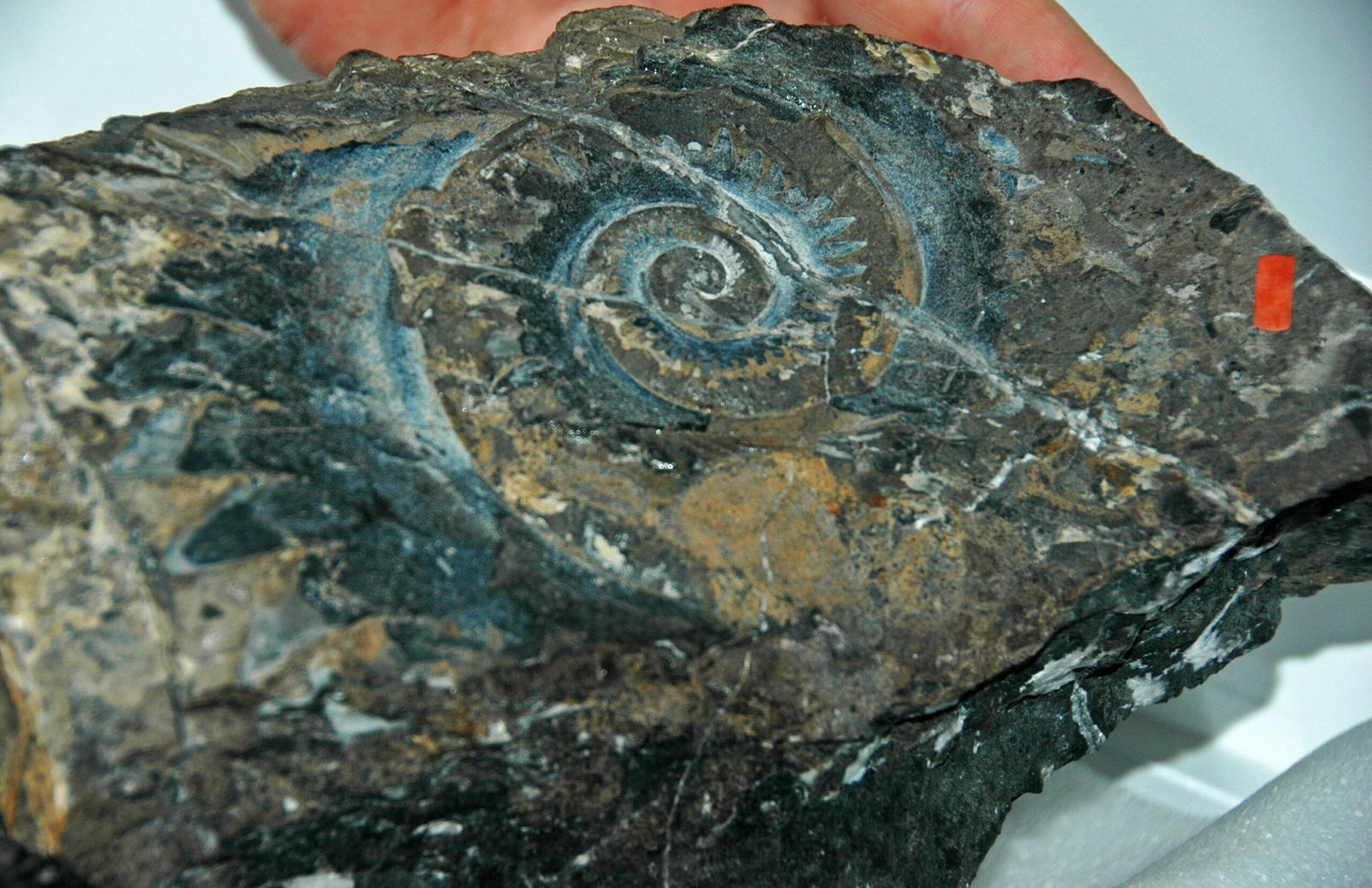
The evolution of jaws is a lesson in nature’s endless creativity. Tiny changes—a new hinge, a sharper tooth—can lead to massive transformations over time. Ancient fish teeth remind us that even the smallest details can shape the course of history. Their story is a powerful example of how life adapts, survives, and thrives against the odds.
The Human Connection: Our Jawed Heritage
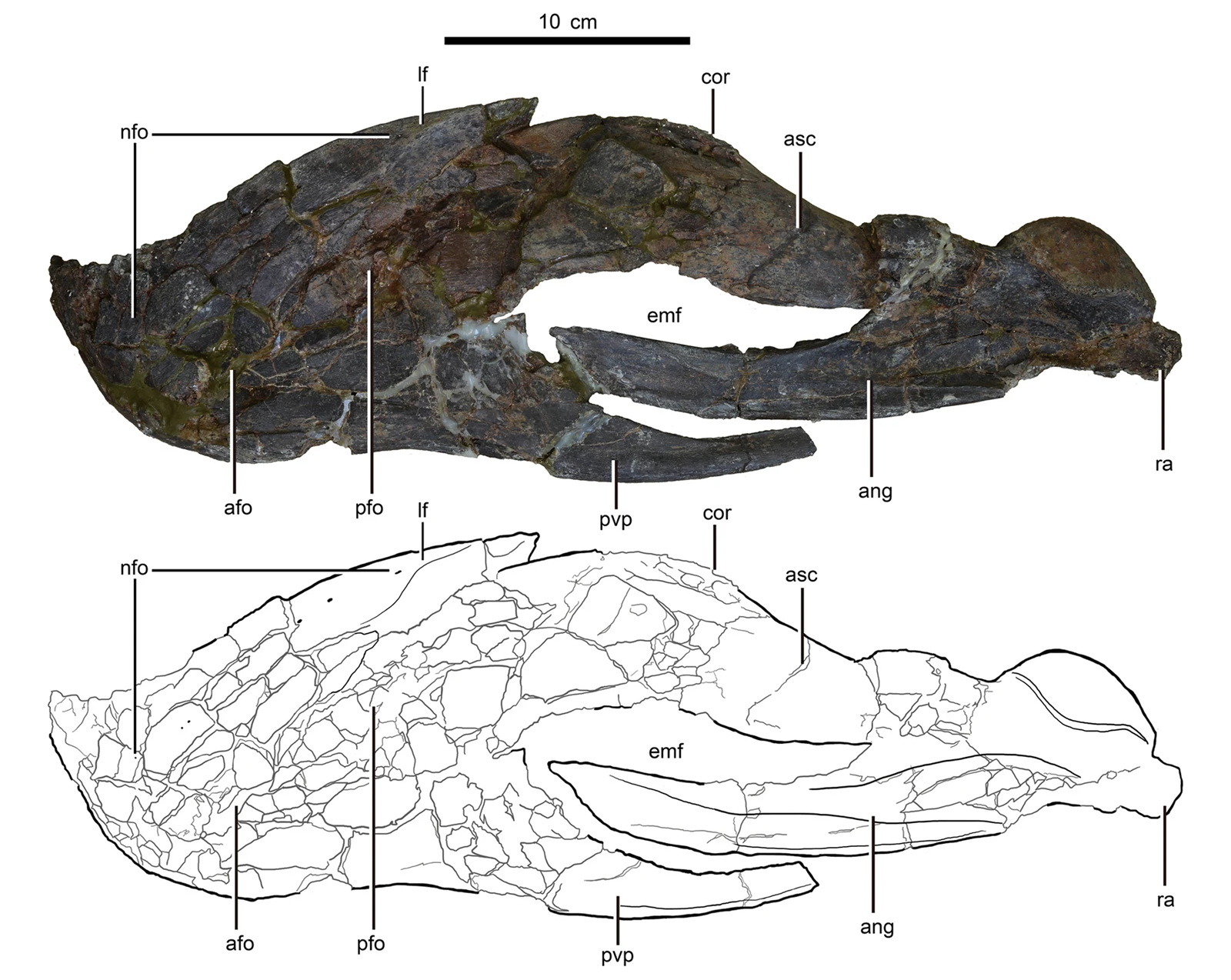
It’s easy to forget that our own jaws are part of this incredible legacy. The hinges, muscles, and teeth that let us speak, smile, and eat all trace back to those early fish. Every time we bite into a sandwich or laugh with friends, we’re using a piece of ancient evolutionary history. Studying ancient fish teeth isn’t just about the past—it’s about understanding ourselves, too.
Ongoing Mysteries and the Future of Jaw Research
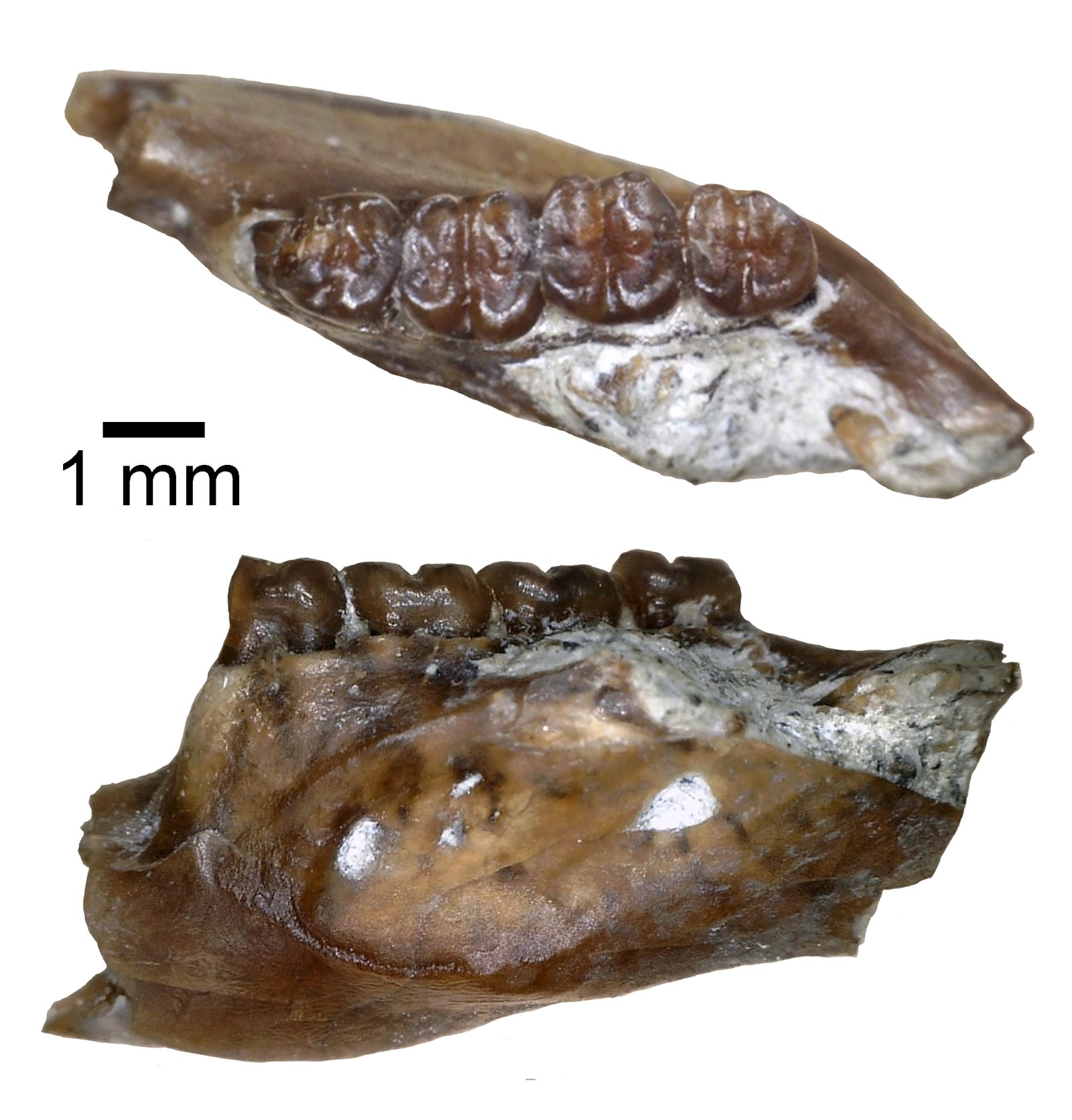
Despite all we’ve learned, many mysteries remain. New fossils are still being discovered, and genetic research is opening fresh avenues of investigation. Scientists are now exploring how environmental changes, like shifting oceans and mass extinctions, influenced jaw evolution. Each new discovery brings more questions and excitement, proving that the story of jaws is far from over.
The Astonishing Legacy of Ancient Fish Teeth

The tiny teeth of ancient fish have revealed a story more dramatic and surprising than anyone could have guessed. Their fossilized remains tell how a simple innovation sparked an evolutionary revolution, shaping everything from the first predators to modern humans. These ancient fish teeth are more than relics—they’re reminders of just how inventive and unpredictable life can be.

